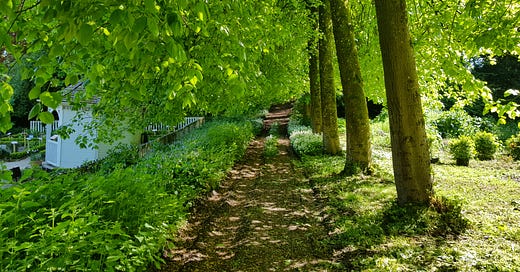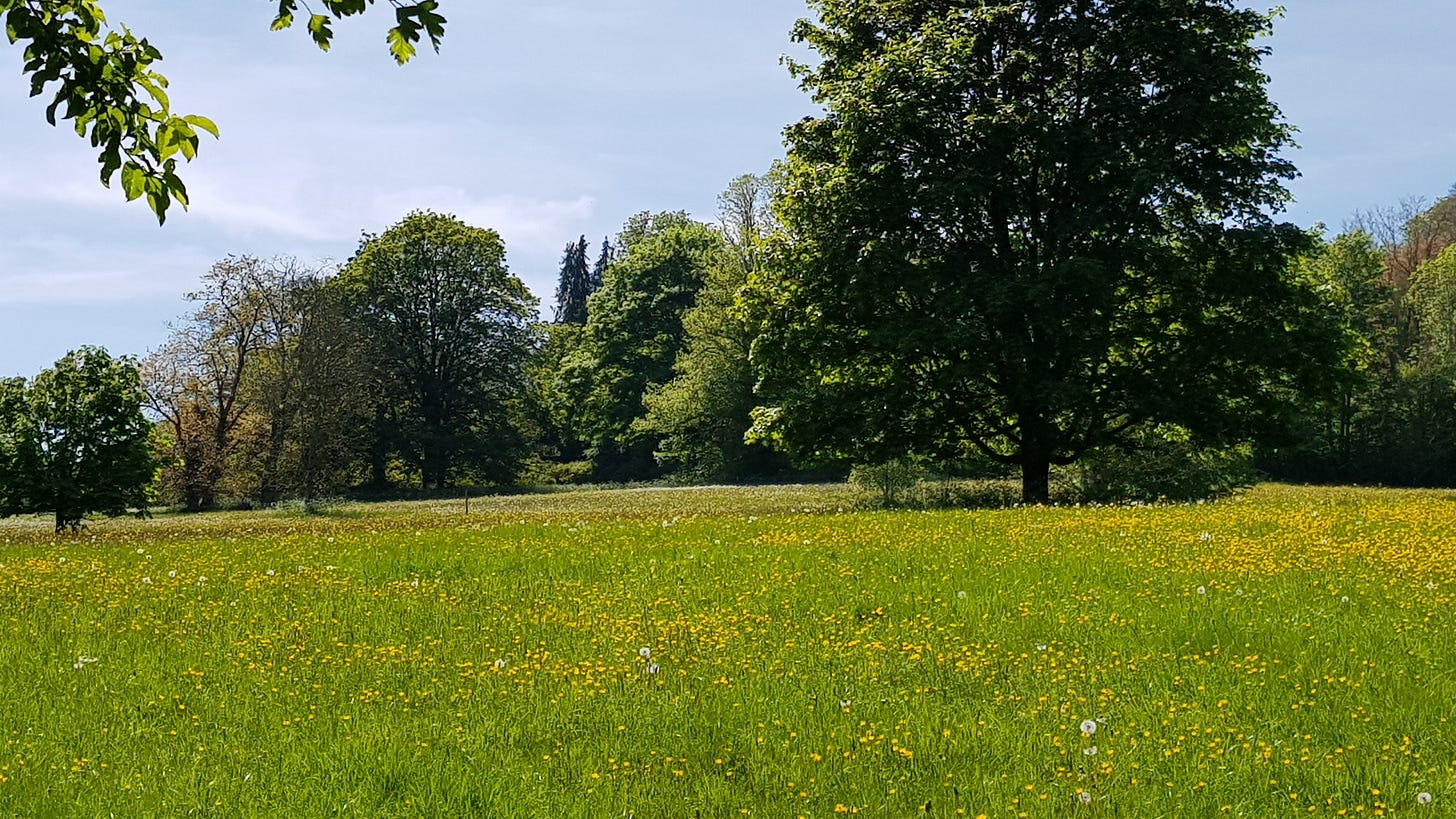This is a region in the South West of England, ridged by rolling hills (“wolds”), steep escarpments and dotted with idyllic villages of honey coloured stone.
Other things to see: meadows of buttercups enclosed by drystone walls, country lanes, picturesque villages, streams winding along valleys, historic market towns, magnificent stately homes and Regency architecture — all of which makes it the perfect backdrop for period dramas. This might sound like I’ve just conjured up random images based on Richard Curtis films and Jane Austen adaptations, but I honestly saw all of these things in a casual half day excursion last week to take some photos for this newsletter. Oh also, Roman remains. There are those too. Didn’t see them last week but they are here, I promise.
Having a degree in geography, I’m compelled to explain that this beauty is all the result of the bedrock of Jurassic limestone which creates a certain type of grassland habitat (ideal for sheep — more of which below) and it’s this limestone, quarried for hundreds of years, that has characterised the area, architecturally.
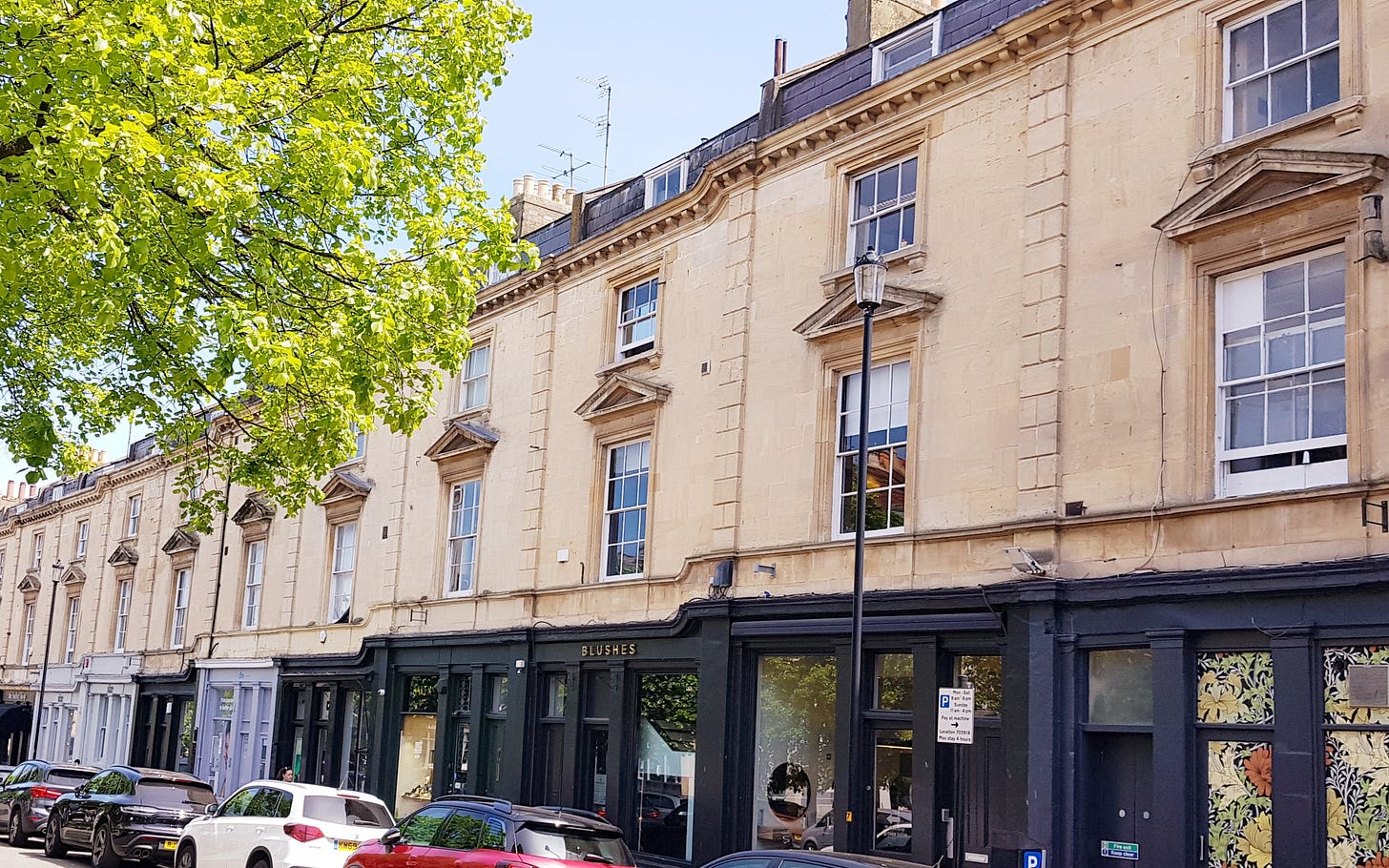
(A quick aside: I’ve just read the wonderful You Are Here, by David Nicholls, featuring a geography teacher character wanging on about these sorts of things to his walking companion who doesn’t like the outdoors and swears at it. And at him. So, I’ll try not to go too geography on you and you can try not to swear).
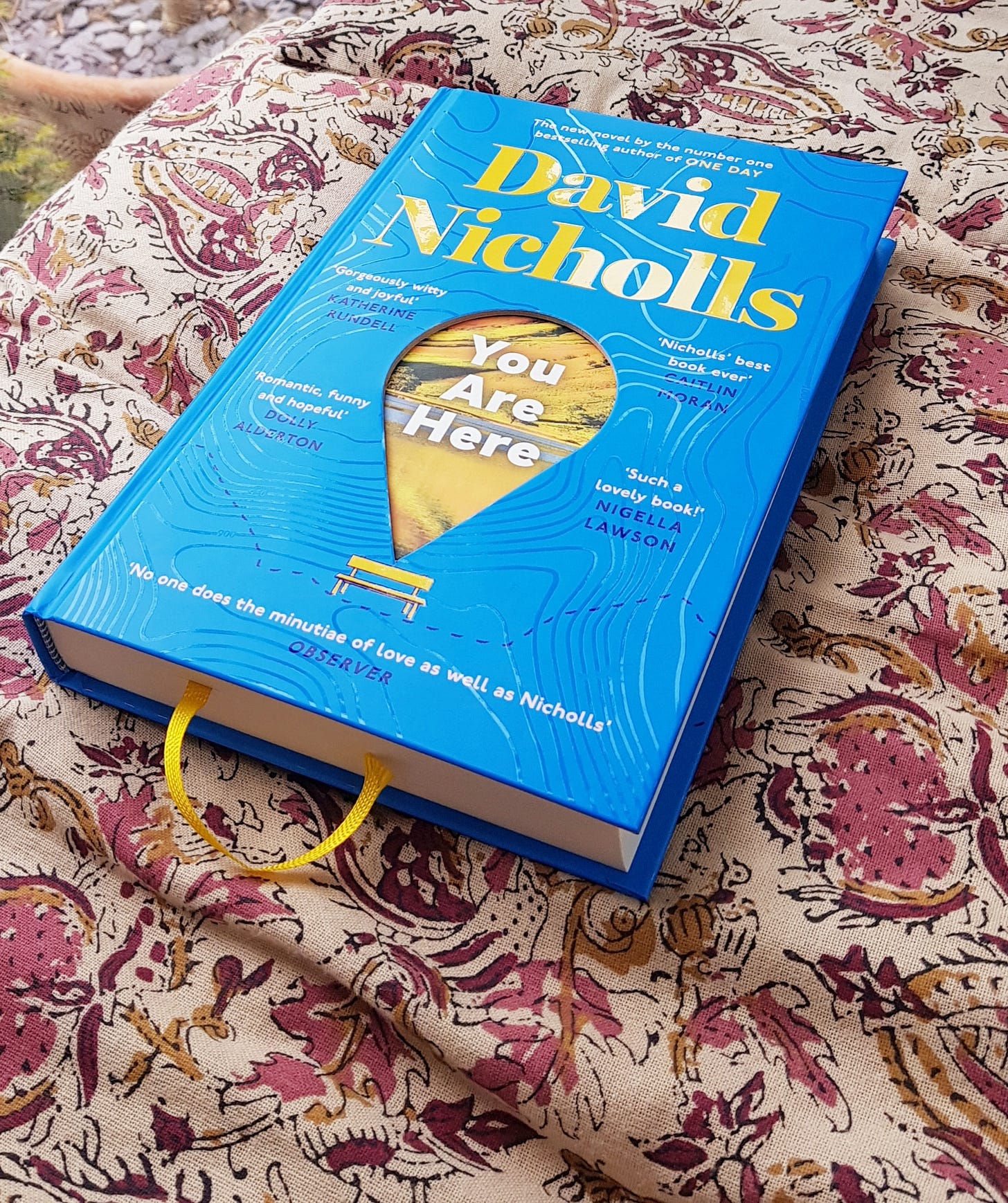
Still, a few more facts and figures:
Designated an Area of Outstanding Natural Beauty (an official status in the UK), The Cotswolds spans six counties, including much of Oxfordshire and Gloucestershire, parts of Wiltshire, Somerset, Worcestershire and Warwickshire — a total of almost 800 square miles (more than 2,000km sq.)
The main cities/towns that mark out the region are Oxford to the East, Stroud to the West and Bath to the south. The Northern reaches start just below (but do not technically include) Stratford-upon-Avon. These places are of course all major cultural attractions in their own right — and their proximity, as well as being within striking distance of London, puts The Cotswolds conveniently on the agenda for tourists, (particularly from overseas if they only have like, a week to ‘do’ the UK).
For more beauty, subscribe here:
The prosperity of the region originally derived from the wool trade in the Middle Ages, particularly from a local breed of sheep called the Cotswold Lion (long shaggy coats). Much of the wool was sold to Italian merchants and the money was used to build many of the region’s “wool churches” and manor houses. Nowadays the wealth seems to pour out of London with the celebrities (I’ve genuinely bumped into a few myself, which I’ll tell you about another time) and other DFLs (Down From London) moving into more spacious and ever more impressive country homes — and with this influx has come gastro pubs, festivals, organic shops, spa retreats, boutique hotels and the likes of high profile/high price tag places like Daylesford Organic and SoHo Farmhouse etc, all catering for monied metropolitan tastes and expectations.
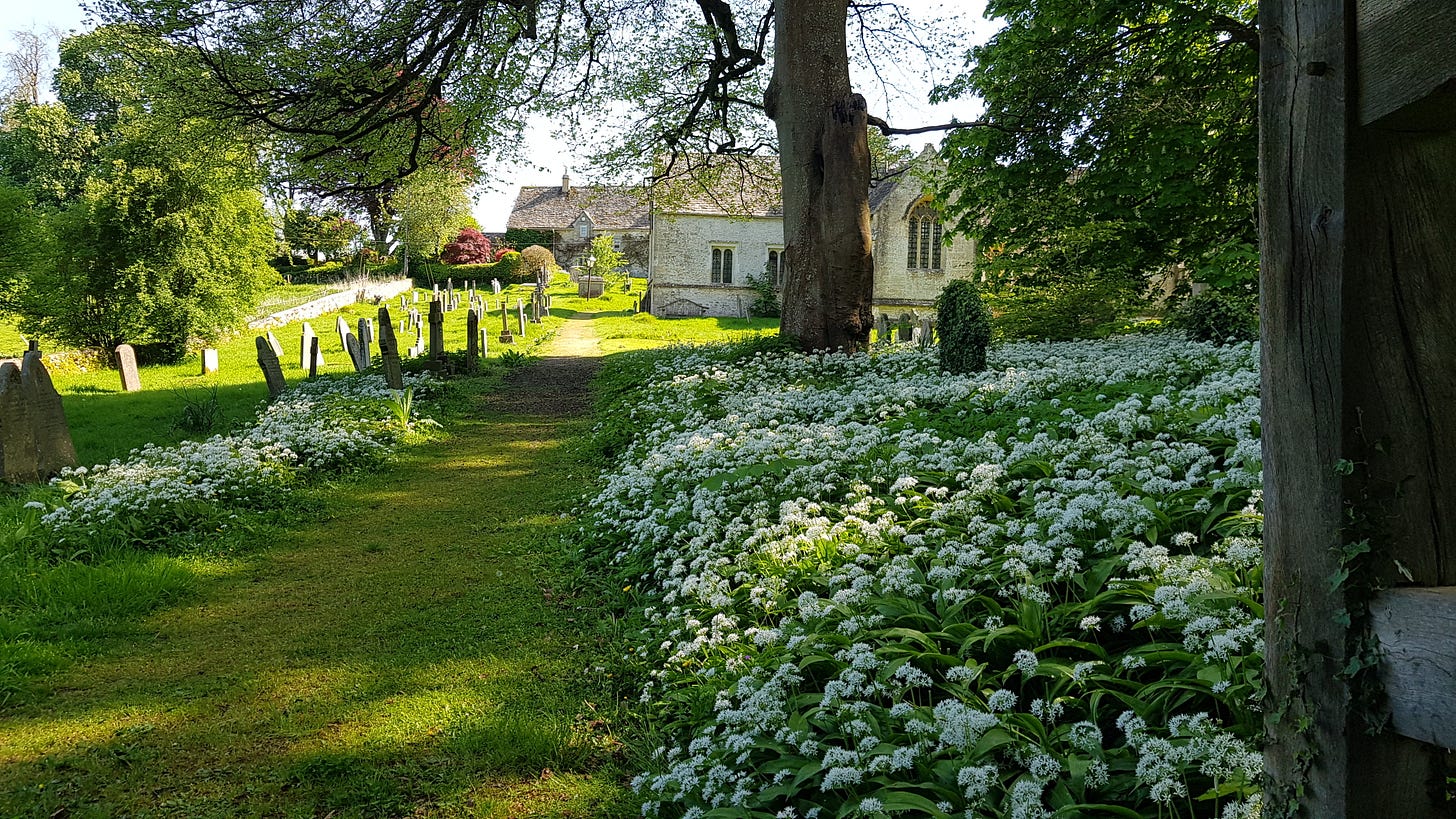
Since I first moved here 33 years ago, The Cotswolds has gone from being considered a bit twee, maybe slightly fusty and dull, to what is now called bougie.
It’s even been said The Cotswolds is to London what The Hamptons is (are?) to New York although to be honest, locals find that kind of comparison a bit laughable because the area is olde worlde, pretty, small scale and although deemed desirable, it’s certainly humbler than The Hamptons with its sprawling beach front mansions. It is of course inland, (although there are actually some waterfront properties by the lakes — yes, there’s a lake district! But not The Lake District in the David Nicholls book) but the Hamptons comparison is testament to the proximity to the capital, making it an ideal mini break destination or escape-to-the-country/second home location, as well as all the old money, the private clubs, the places-to-be-seen aspect, eg: Daylesford/SoHo. I will touch on both those destinations by the way, because I have been there but I don’t want to focus too much attention on wildly overpriced and overhyped places. I’m here to help you pick your way through all of this so you can see the best of the region without necessarily “going spendy” if you don’t have that budget.
As anyone who’s ever seen the BBC comedy This Country will know, it’s not just a playground for the rich. The misadventures of jobless Kerry and Kurtan, dossing around in a small Cotswold town, knocked the shine off the contrived country lifestyle aesthetic. Daisy May and Charlie Cooper who both wrote and starred in the series, portrayed a vision of rural life that just seems to go nowhere and offer nothing — certainly not opportunities or affordable housing.
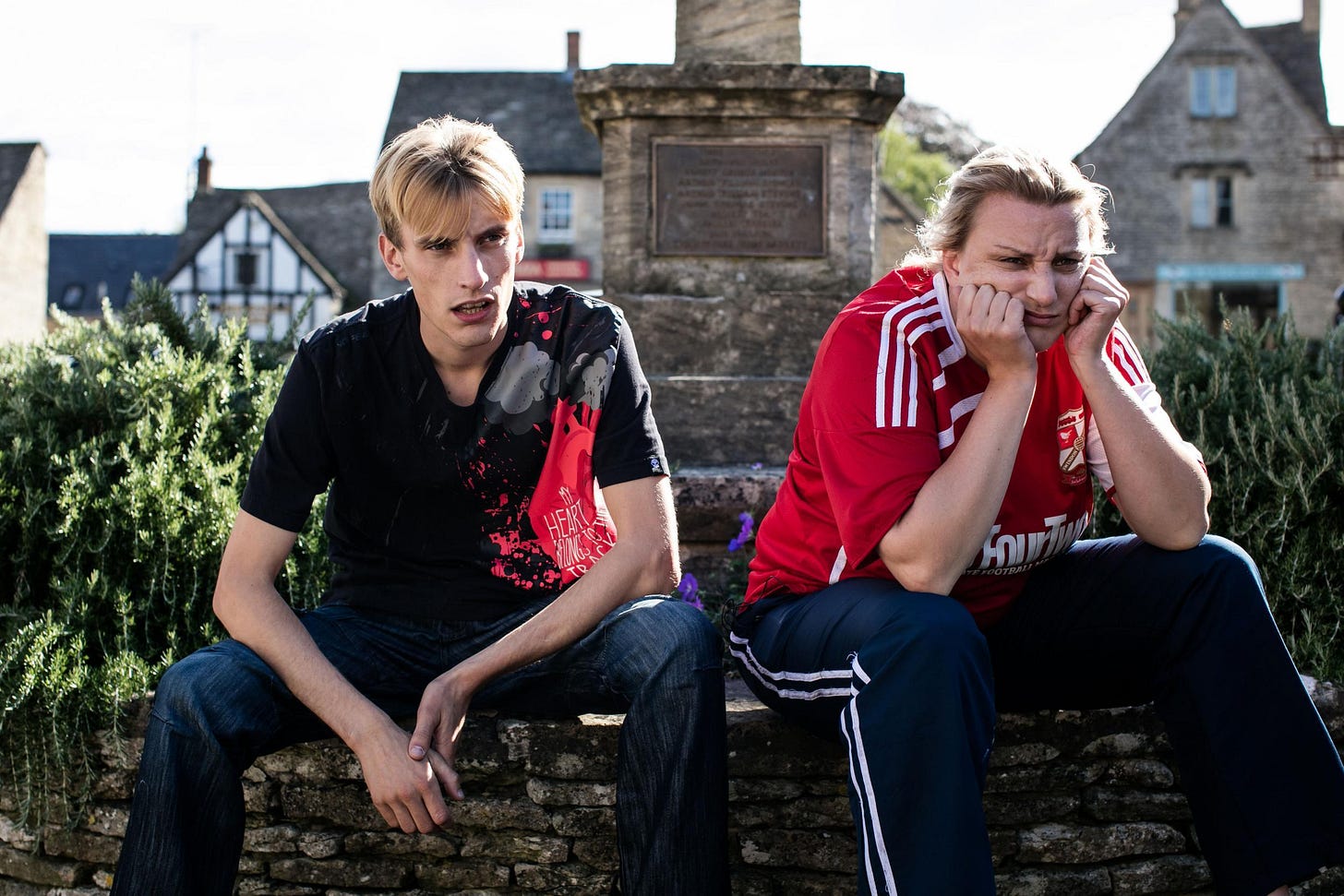
The truth, in my experience and that of most people I know for that matter, is neither SoHo/Daylesford, nor Kerry and Kurtan.
Other versions are available.
Mostly of course, people just get on with their normal lives and jobs/ school etc against this backdrop which often they cease to notice, perhaps until they leave and then come back.
Anyway, hang out with me and I’ll show you around. Deal?
Thanks for reading, bye for now.
Clare
If you can spare a few seconds to like this post I’d be truly grateful.
Any restacks etc would be even better! Thank you so much!

